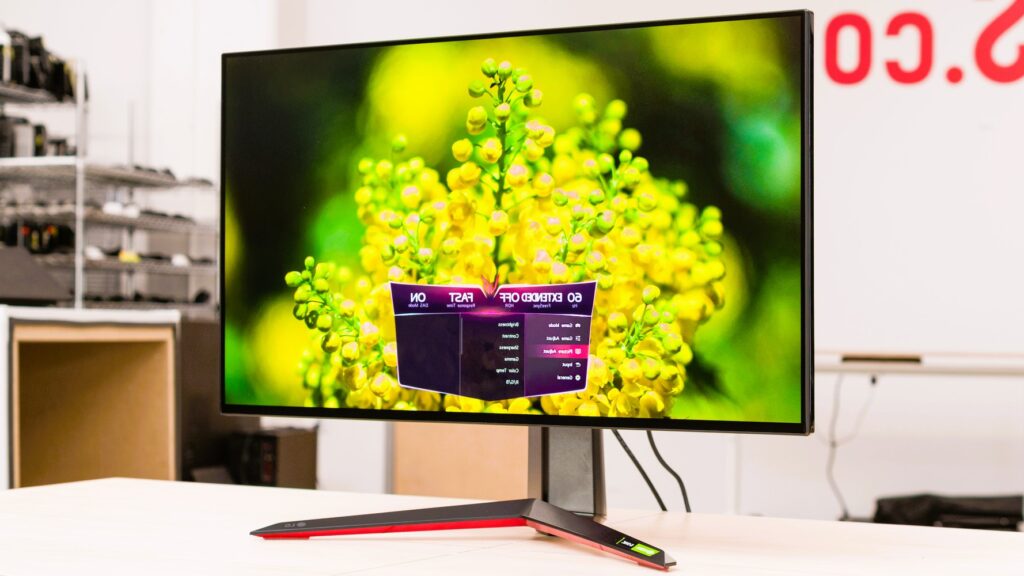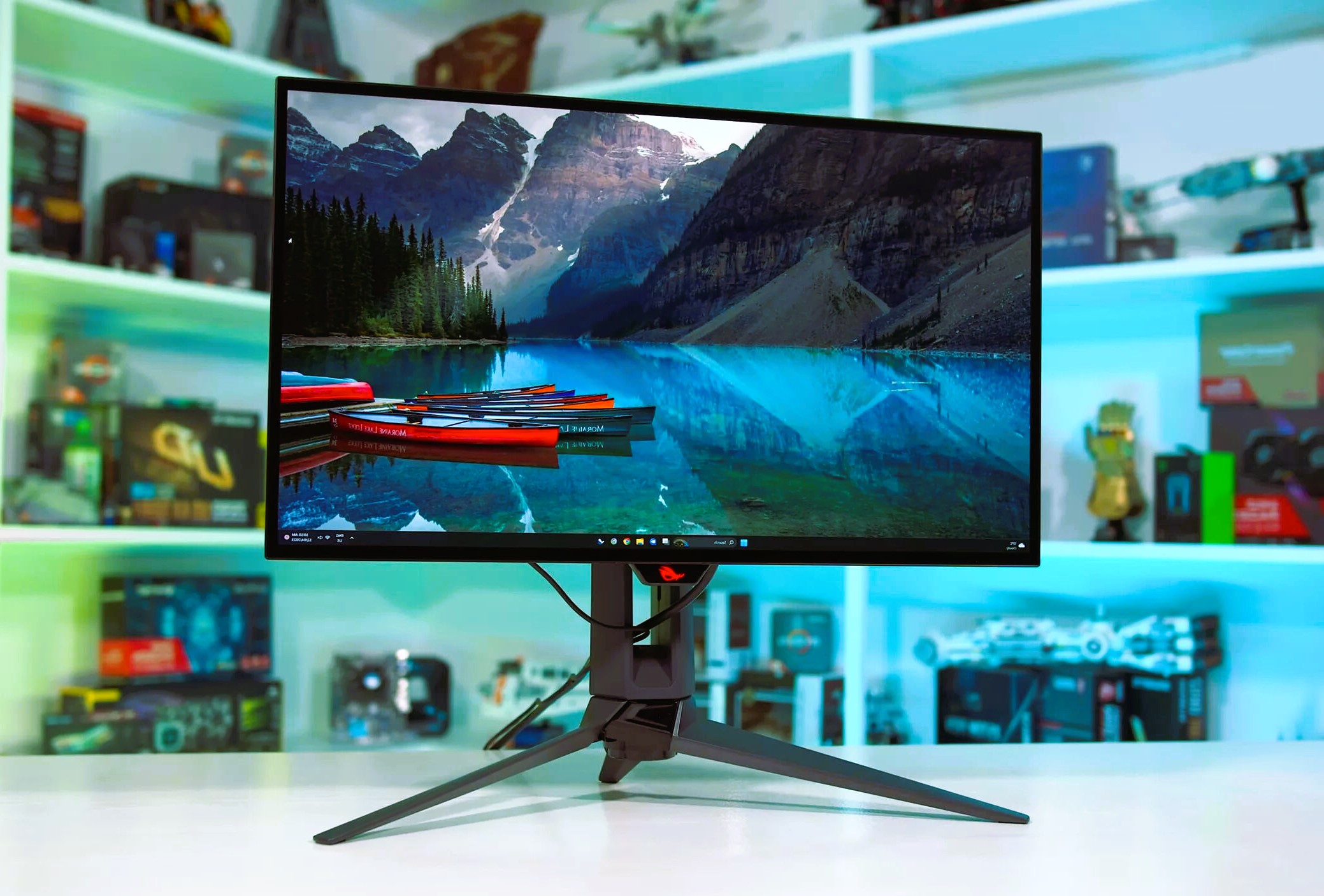In the dynamic world of gaming, the choice of hardware plays a pivotal role in shaping the immersive experience for players. Among the myriad components that contribute to a gamer’s setup, the monitor stands out as a critical element. The advent of frameless monitors has introduced a new dimension to gaming visuals, but with innovation comes a set of considerations. In this article, we delve into the advantages and disadvantages of frameless monitors for gaming, offering insights to guide users in making an informed choice.
The Rise of Frameless Monitors: A Visual Revolution
Frameless monitors, also known as borderless or bezel-less monitors, have gained traction in the gaming community for their sleek and modern design. Unlike traditional monitors, frameless variants minimize or eliminate the bezels surrounding the display, creating a seamless and visually striking experience. As gamers seek to maximize their field of view and aesthetic appeal, frameless monitors emerge as a compelling option.
Advantages of Frameless Monitors in Gaming:

1. Enhanced Immersion:
The primary allure of frameless monitors lies in their ability to enhance immersion. With reduced bezels, the visual experience becomes more expansive and engaging. Gamers can enjoy a broader field of view, particularly in multi-monitor setups, without distracting bezels interrupting the seamless display.
2. Aesthetically Pleasing:
Frameless monitors contribute to a sleek and modern aesthetic. The absence or minimal presence of bezels creates a visually pleasing setup that aligns with contemporary design trends. For gamers who prioritize the overall look of their gaming station, frameless monitors offer a minimalist and sophisticated appeal.
3. Seamless Multi-Monitor Configurations:
Gamers who opt for multi-monitor configurations benefit significantly from frameless monitors. The minimized bezels facilitate a more cohesive and fluid transition between screens, reducing visual interruptions and providing a unified gaming experience across multiple displays. Did you like the article? We recommend that you read the article about Cloud Navigation.
4. Improved Focus:
The elimination of bezels can contribute to improved focus during gaming sessions. Without the distractions of thick borders, players can maintain concentration on in-game action, enhancing reaction times and overall gaming performance.
Disadvantages and Considerations:
1. Limited Structural Support:
The design of frameless monitors may limit the structural support for the display panel. Thinner bezels mean less space for internal components and support structures, potentially impacting the overall durability of the monitor.
2. Potential Light Bleeding:
Frameless monitors may be more susceptible to light bleeding, where light from the backlight seeps through the edges of the display. While advancements in display technology aim to minimize this issue, it’s a consideration for users who prioritize consistent and uniform screen illumination.
3. Cost Considerations:
Frameless monitors often come with a premium price tag compared to their traditional counterparts. Users must weigh the aesthetic benefits and immersive experience against the additional cost to determine if the investment aligns with their priorities.
Features to Consider When Choosing a Frameless Monitor:

1. Panel Technology:
Consider the panel technology, such as IPS (In-Plane Switching) for vibrant colors and wide viewing angles, or TN (Twisted Nematic) for faster response times. Each has its advantages, and the choice depends on individual preferences and gaming priorities.
2. Refresh Rate:
For smooth gaming experiences, especially in fast-paced genres, a higher refresh rate is crucial. Many frameless monitors offer refresh rates of 144Hz or more, contributing to smoother motion and reduced motion blur.
3. Resolution:
The resolution of the monitor impacts visual clarity. While 1080p (Full HD) is common and suitable for many gamers, higher resolutions like 1440p or 4K offer sharper images for those seeking a more detailed visual experience.
4. Response Time:
A lower response time, measured in milliseconds (ms), is essential for reducing motion blur and ghosting in fast-paced games. Look for monitors with response times of 5ms or lower for optimal performance.
Platforms for Staying Informed:
To stay informed about the latest trends in gaming monitors and technology, platforms like IGN provide comprehensive coverage. These platforms often feature reviews, guides, and discussions on gaming hardware, helping users stay abreast of the latest advancements in the industry.
Conclusion: Finding the Perfect Frameless Fit
The choice of a frameless monitor for gaming is a blend of aesthetic preferences, gaming priorities, and budget considerations. While the advantages of enhanced immersion and sleek design are compelling, users must weigh them against potential drawbacks and individual needs. With an ever-expanding market offering a variety of frameless monitors with diverse features, gamers have the opportunity to find the perfect fit that aligns with their gaming style and preferences. As technology continues to evolve, the frameless monitor landscape is likely to see further innovations, providing gamers with increasingly immersive and visually stunning experiences.


